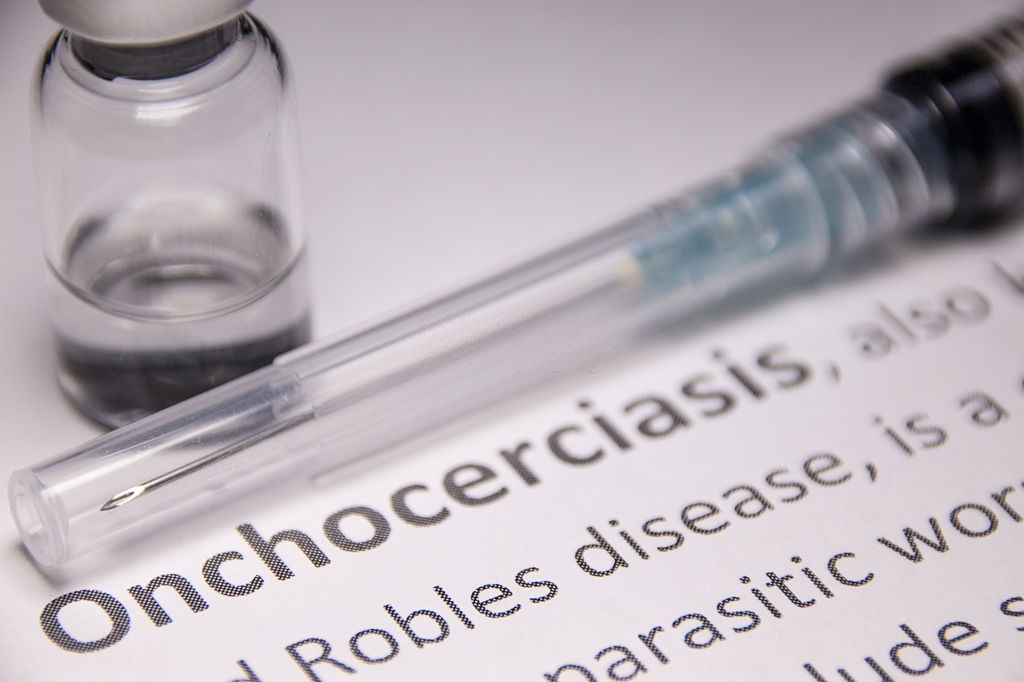Onchocerciasis is a leading cause of blindness in the world. It may be seen in temperate
climates of the United States and Europe in immigrants and travelers from endemic
regions, often linked to poverty and war. One should be aware of an incubation period that
can be up to 15 months. In its early stage and throughout its course, onchocerciasis has
noteworthy skin findings, facilitating diagnosis, as onchodermatitis resembles common
eczema with variable degrees of papular, lichenoid, atrophic, and pigmentary alterations,
features not suggestive if one is unaware of an individual’s immigration and travel history.
The same concept applies for the encysted worms (onchocercomas), as they tend to
appear as common skin cysts and benign neoplasms. New methods can be employed to
increase diagnostic sensitivity and specificity. Ivermectin is the gold standard of therapy,
the use of which has almost miraculously eliminated this disease from large areas of the
earth. However, its effect remains isolated to microfilariae and can be devastating in those
coinfected with Loa loa. Recently, the symbiotic relationship between adult worms and
Wolbachia bacteria has been discovered and, with it, the possibility of adding doxycycline
as a treatment option. We also discuss coinfection with HIV and other diseases.
Download pdf to read full research report.






















